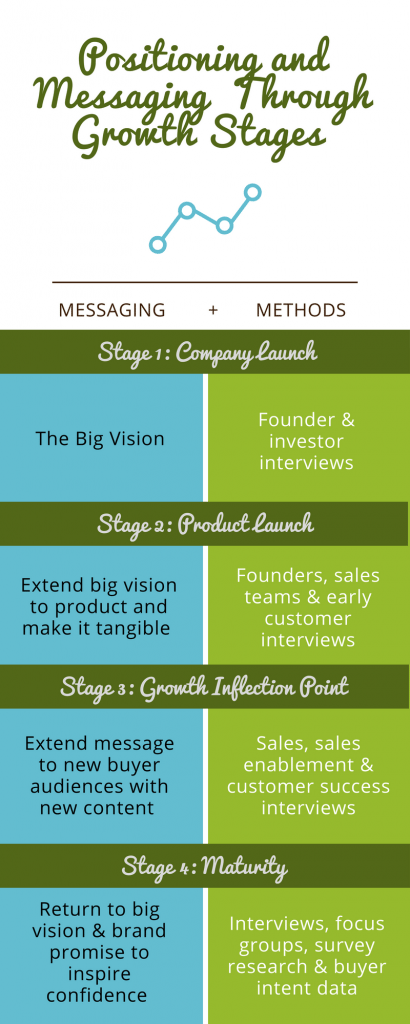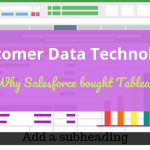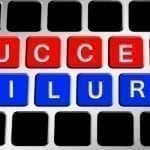
Matching Positioning and Messaging Development to Your Growth Stage
4 Minute Read
A strategic positioning and messaging framework evolves with company lifecycle. But it bears reinforcing that just as positioning and messaging change, development methods change, too. So how do you match positioning and messaging development to your growth stage?
Strategic positioning and messaging at launch is much different than at product launch. And it is different still at the growth inflection point and again when a company matures.
What’s a strategic positioning and messaging framework anyway? Let’s toss out a few definitions:
- Positioning is the ability to influence perception of a product or brand or relative to its competition. So it means you need knowledge of the competition.
- A positioning statement is the main theme for all marketing activities. It touches everything marketing does. It is a sentence that states benefits that solves your market’s biggest problem.
- Messaging is how you express the main points of your market positioning to your target audience.
Let’s first look at company launch.
Company Launch Positioning and Messaging is your Big Vision
When a new company launches, messaging and positioning is so much more than telling the world it exists. It’s really about the grand vision of how your company will change the world.
It’s that all-important stake in the ground establishing entry into an exciting, emerging market. And you’re the de facto leader. Your audience is generally the business press, targeting investors and analysts. Overall, at company launch, you’re building general awareness and not selling a product.
Since there are not many, if any, customers and the market is probably fairly new, primary research isn’t an option. Instead, positioning and messaging development requires secondary market research. And more important, it requires close collaboration with founders.
Now What about Product Launch?
At this stage, positioning and messaging needs to appeal to customers. Positioning evolves to become tangible. It shows the benefits you provide the customer. While you still communicate that grand vision, it’s expressed in terms of real customer problems and solutions.
To develop positioning and messaging at product launch, expand beyond founders. This time, include early customer and partner feedback, and of course the sales team. For product launch, testimonials from early/beta customers showing traction are essential. They’re key to showing you understand the problem and can offer the right solution.
Getting the right market-specific terminology may mean some investment. There are fortunately creative ways to get it. Perhaps run a Google ad campaign that goes to a landing page. This way, you can see where there’s greater response to the different key words you buy.
About 12-18 months post product launch, you’re probably starting to hit your stride and growth is picking up.
Broaden Positioning and Messaging at the Growth Inflection Point
It may seem like a whole new world, but it’s really not.
Again, positioning builds on the big vision. It may need adjustment, as by now there’s likely more competition. In addition, messaging broadens to new audiences, especially in B2B. In B2C, messaging aims to reach a more mainstream market. But in B2B, the challenge is to prioritize new industries or use cases, along with new decision-makers and influencers.
With new audiences to target comes a need for the content that targets them. Show value using interactive tools. Or write marketing collateral like checklists to compare your solution to a competitor. At this stage, this content becomes more important to closing deals.
But at this point, the positioning and messaging development process changes, too.
By now, with a growing customer and partner base, along with deals won and lost, there’s a larger body of external stakeholders from whom to learn.
And there are new internal stakeholders to interview, too. Sales, sales enablement, or sales engineers have much buyer knowledge. Customer success managers know what it takes to keep a customer.
There’s also marketing technology’s analytics to toss into the mix. Tap into marketing automation and CRM data, too. After all, it’s a gold mine for messaging info because it produces real metrics showing messages that works and what does not.
Positioning and Messaging for Mature Firms is the Brand Promise
The positioning and messaging goals in mature markets are aimed at keeping customers, growing market share, and maintaining market leadership. Mature companies generally rely on messaging that inspires confidence among its multiple audiences.

At this stage, positioning and messaging development is usually managed by a marketing department. In addition, they usually have the resources for sophisticated positioning and messaging projects. With very large customer bases and partner channels, positioning and messaging development gets analytical. And such projects generally take months to complete.Instead of relying only on focus groups or interviews information, which are still important, mature companies collect quantitative market data. Primary research – conducting a survey is often used. Sample sizes vary with budgets, obviously, and larger samples offer greater analysis options. For example, choice modeling helps identify the most effective statements or key value messages. It can also help determine the best combinations of benefits and key value messages.
Finally, companies in mature markets can also use buyer intent data for positioning and messaging development. From vendors like Bombora, buyer intent data is made of web users’ web content consumption. It is insight into what works and what does not. Because intent data is Big Data, it can uncover new audiences and new messaging. Right now, buyer intent data itself is an emerging marketing technology. But it’ll be increasingly useful for companies that sell products in mature markets.
Matching Positioning and Messaging Development to Your Growth Stage is Simple
The path to your optimal positioning statement and key value messages does not need to be complicated. To keep the budget and development time in check, follow these simple rules:
- If you’re a new company founder, you’re the best source for positioning information. If you don’t know it, then it’s very likely that no one else can either.
- When your company is launching its first product, your early customers are your best help for messaging.
- If your company is approaching fast growth and needs to broaden messaging, then your sales and customer success teams are your best sources.
- When your company is mature in a mature market, add quantitative data to the aforementioned mix from either primary research or buyer intent data.
In sum, strategic positioning and messaging is the foundation of all your marketing. As important as it is, be realistic about where you are in your growth journey. With this in mind, you’ll wisely use precious budget, make the right choices for positioning and messaging development, and crush your growth goals.








